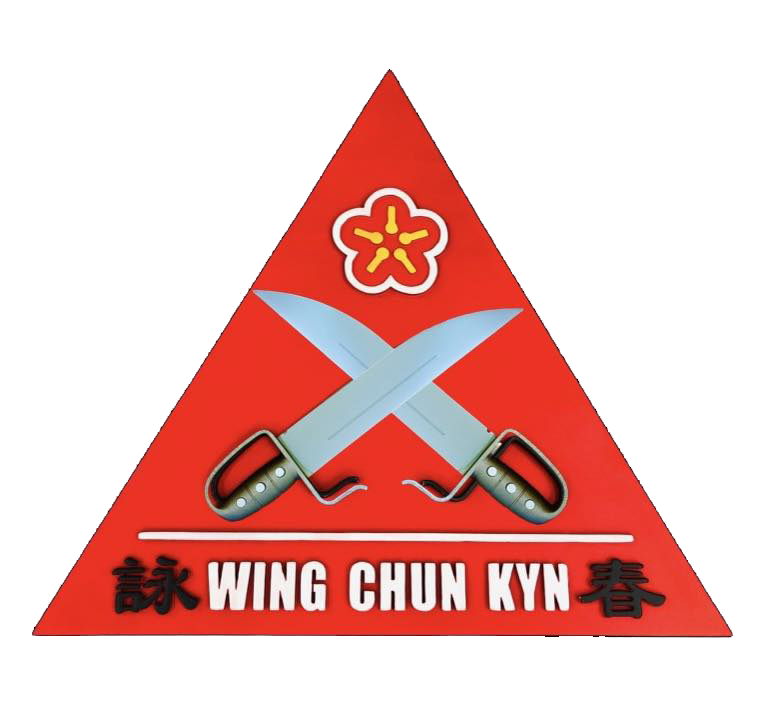History of Wing Chun
Origin of Wing Chun
In May 1644, the Manchu army invaded Saan Hoi Gwaan. In June, they took possession of Beijing, and the Ming army was defeated.
Jeng Singgung, originally from Naam On, Fuk Gin, rose to resist the Manchu army after his father, Jeng Jilung, surrendered. In 1662, Jeng Singgung died of illness. His younger brother, Jeng Jaap, fought against Jeng Singgung's son, Jeng Ging...
The Anti-Ching Resistance
During the Hong Hei period, Si Long, once an anti-Ching general, betrayed and led the Ching army to attack Taiwan...
The creation of Wing Chun is often attributed to Ng Mui, a Taoist nun, who trained Yim Wingchun to protect the Heaven and Earth Society. Yim Wingchun improved her combat skills, incorporating the "six-and-a-half-point pole technique" taught by Master Ji Sin...
Wong Wah Bo and the Transmission of Techniques
Yim Wingchun chose Wong Wah Bo as her successor. He partnered with Leung Yee Tei, and together they established a rule for the proper transmission of Wing Chun techniques, involving three generations: the retired protector, the current protector, and the future protector in training...
Modern Wing Chun
Wing Chun has survived the centuries thanks to its successive protectors. In the early 20th century, Yip Man became one of the most well-known masters, spreading the art to Hong Kong and beyond. In 1954, he passed on his skills to Ng Chan, ensuring the continuity of the Wing Chun Kyn tradition.
Conclusion
The history of Wing Chun is marked by resistance, skill transmission, and a commitment to protecting society. This martial art finds its roots in the desire to fight oppression and preserve unique knowledge, passed down through the generations.
